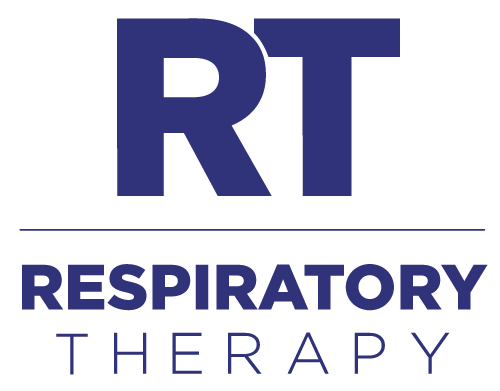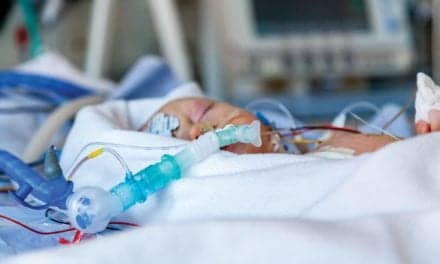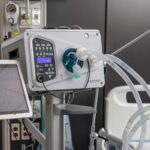Analysis of a school-based asthma therapy program in Ohio found significant health and behavioral improvements for students while saving thousands of dollars in medical costs via lower emergency care and hospitalizations.
RT’s Three Key Takeaways:
- This school-based asthma therapy program enables school nurses to help students take their medications on schedule.
- A new study has found that it can save thousands of dollars per student in medical costs.
- Participating students are healthier because they have fewer asthma-related emergencies that require a trip to the emergency department, hospital or healthcare provider’s office.
New research says a school-based asthma therapy (SBAT) program reduced emergency department visits, hospitalizations, and PICU admissions while cutting medical expenses, according to a study published in the Journal of Allergy and Clinical Immunology: Global.
SBAT relies on teamwork between schools, school nurses, healthcare providers, insurance companies, pharmacies and families. For the study, researchers from Michigan State University analyzed a SBAT program for children ages 5 to 19 years old in Columbus, Ohio where school nurses administered medications to children on school days.
“Students get two inhalers with controller medication,” said principal investigator Kimberly Arcoleo, a professor at the Michigan State University College of Nursing. “One that goes to school and one that stays home so it doesn’t have to move back and forth. The school nurse administers the medication to the kids each school day according to their health care provider’s instructions. Some kids need it once a day, some need it twice a day.”
Medical Cost Savings
SBAT’s annual average cost of $1,500 per student can save $5,000 to $7,000 in medical expenses per student per year because it significantly reduces asthma symptoms and associated healthcare costs, according to researchers.
“Preliminary analyses show that although the program starts out costing about $3,000 per student annually, the cost drops down to only $500 once the school has their program established,” said Arcoleo.
Controlled asthma means fewer visits for acute medical care, and this results in tremendous savings on healthcare expenses. Arcoleo and her team identified these savings for each type of medical visit for asthma care averted:
- Acute care: $100/visit
- Urgent care: $150/visit
- Emergency department: $1,993/visit
- Hospitalization: $14,787/visit
- Pediatric intensive care unit: $46,961/visit
The team also identified these annual savings, which add to over $3.4 million:
- Emergency department visits: $1,006,833
- Hospitalization: $1,210,570
- Pediatric intensive care unit: $1,185,369
Parents credit SBAT with fewer trips to the hospital and less time spent away from work. One family mentioned that they hadn’t needed to make an emergency trip to their healthcare provider in almost a year.
Student Health and Behavioral Improvements
The improvement in health among students participating in SBAT was remarkable, Arcoleo said.
“In one year, for 633 students, we were able to reduce emergency department visits by 49%, urgent care visits by 41%, hospitalizations by 50% and pediatric intensive care unit admissions by 71%,” she explained.
Preliminary data also show a reduction in missed instructional time and behavioral incidents for students who receive SBAT.
“For the elementary school kids, we decreased their missed instructional time by 16%,” said Arcoleo. “And for the kids in middle school and high school, we decreased their missed instructional time by 25%. Also, behavioral incidents, such as disruptive behavior, fighting and vandalism were reduced by 7%.
“This is important from the standpoint of learning,” she said. “It’s also important for the schools because they get reimbursed by the federal government for attendance. It’s a double benefit.”
Using six years’ worth of data already collected, Arcoleo and her team are now doing a more comprehensive economic evaluation that includes medical costs, staff time and missed work time for caregivers. They expect to publish those findings later in 2025.










